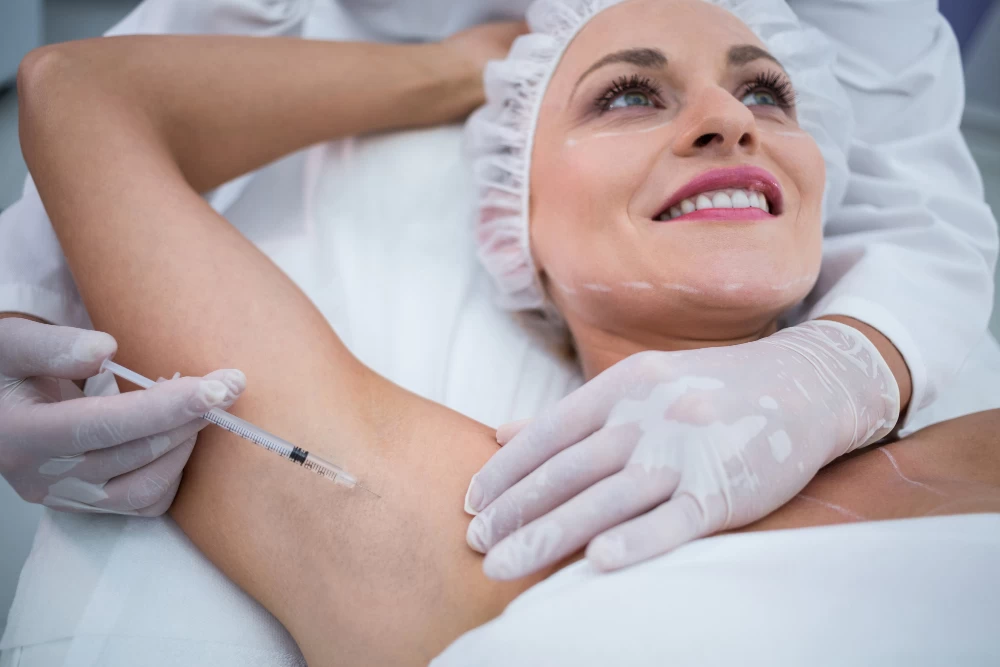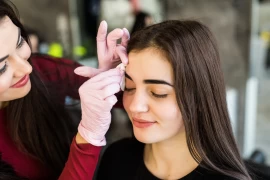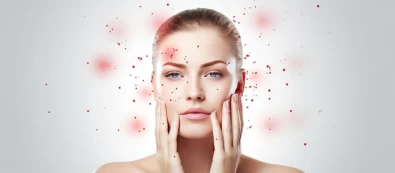
Botox for Excessive Sweating
- Botox for Excessive Sweating
- Excessive Sweating Problem
- What are the Types of Excessive Sweating?
- What are the Treatment Options for Excessive Sweating?
- Botox Injections for Excessive Sweating
Excessive Sweating Problem
Excessive sweating, medically known as hyperhidrosis, is a condition characterized by sweating beyond the normal amount and unnecessarily. This condition can negatively impact the daily life of many individuals and can have a significant effect on their social, work, and personal relationships.
The treatment of excessive sweating is important for individuals experiencing hyperhidrosis because excessive sweating is a condition that can adversely affect daily life. The importance of this treatment can be explained in the following ways:
- Quality of Life: Hyperhidrosis is a condition that affects a person's daily life. Excessive sweating can negatively affect social interactions, work performance, and personal relationships. Problems such as a constant feeling of wetness, clothing stains, and unpleasant odor due to sweating can reduce the quality of life. Hyperhidrosis treatment reduces these issues and improves a person's quality of life.
- Psychological Effects: Excessive sweating can negatively affect a person's self-confidence, self-esteem, and social anxiety. Hyperhidrosis treatment reduces sweating, increases a person's self-confidence, and allows them to participate more comfortably in social activities.
- Work Performance: Hyperhidrosis can impact work life. Excessive sweating, especially in situations such as giving presentations, attending meetings, or shaking hands, can affect a professional image. Untreated hyperhidrosis can negatively affect work performance. Sweating treatment helps control this condition and provides a more comfortable experience in the workplace.
- Personal Hygiene: Excessive sweating can lead to excessive moisture on the body, which can cause skin infections, fungal infections, and skin irritation. Hyperhidrosis treatment helps maintain personal hygiene by reducing sweating.
- Reduction of Alternative Treatments: Individuals with excessive sweating problems may try various alternative treatment methods. However, there is limited evidence regarding the effectiveness and reliability of these methods. Hyperhidrosis treatment provides more reliable results by using scientifically proven methods.
What are the Types of Excessive Sweating?
Excessive sweating (hyperhidrosis) is generally seen in two forms:
- Focal Hyperhidrosis: This is the most common type, and sweating is concentrated in specific areas, usually the armpits, hands, feet, or face.
- Generalized Hyperhidrosis: It manifests as excessive sweating all over the body and can often be a sign of an underlying health condition.
The exact cause of hyperhidrosis is not fully known, but it is believed that some factors play a role. Genetic predisposition, hormonal changes, stress, anxiety, certain medications, and certain health conditions can contribute to hyperhidrosis.

What are the Treatment Options for Excessive Sweating?
Hyperhidrosis treatment can vary depending on the intensity and impact of sweating. Here are some treatment options:
- Antiperspirants: Over-the-counter or prescription antiperspirants can temporarily reduce sweating by temporarily blocking the sweat glands.
- Topical Treatments: There are many topical treatment options available, such as lotions, creams, or gels containing aluminum chloride.
- Botox Injections: As mentioned in previous responses, sweat gland botox involves injecting botulinum toxin into the sweat glands to reduce sweating.
- Iontophoresis: It is a treatment method that uses a special device to apply low-level electrical current to the sweat glands to reduce sweating.
- Oral Medications: Some medications may be prescribed for excessive sweating. These medications can work by blocking nerve stimulation on sweating.
Surgical Interventions: If other treatments are not successful, surgical options may be considered in rare cases. These interventions may involve removing the sweat glands (either complete removal or regional cutting) or cutting the nerves.
Botox Injections for Excessive Sweating
Sweating botulinum toxin is a treatment option for individuals experiencing excessive sweating. Sweating is a part of the body's normal temperature regulation, but some people may develop the problem of excessive sweating (hyperhidrosis). This condition can have a negative impact on daily life and affect social relationships, work performance, and quality of life.
Sweating botulinum toxin is a treatment method applied through an injection of a substance called botulinum toxin type A. This injection blocks the nerve endings around the sweat glands and reduces sweating. Botulinum toxin has a temporary paralyzing effect on muscles. When injected into the sweat glands, it reduces sweat production to control sweating.
Sweating botulinum toxin is usually applied to areas such as the armpits, hands, and feet where excessive sweating occurs. The procedure is generally performed under local anesthesia and takes a few minutes. Its effects start within a few days and can last for approximately six months. After that, it may need to be repeated for the effects to continue.
Sweating botulinum toxin provides relief for individuals with excessive sweating problems. The procedure can have some side effects, including mild pain or swelling at the injection site, temporary skin sensitivity, muscle weakness, or general fatigue. Therefore, it is important to consult a doctor before undergoing sweating botulinum toxin treatment.
Remember that sweating botulinum toxin is used only to treat excessive sweating problems. It does not affect normal sweating function and does not prevent the natural sweating necessary for regulating body temperature. It is important to consult a medical professional to obtain more information about treatment options and choose the most appropriate treatment.





